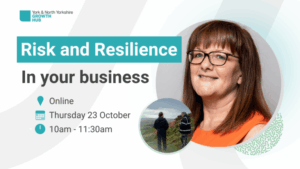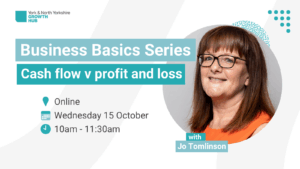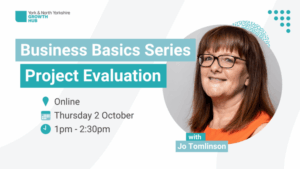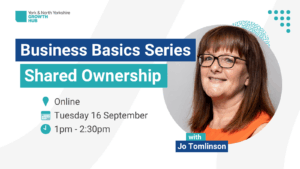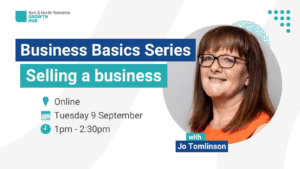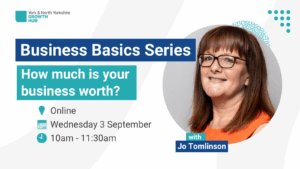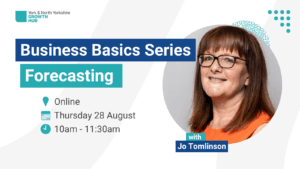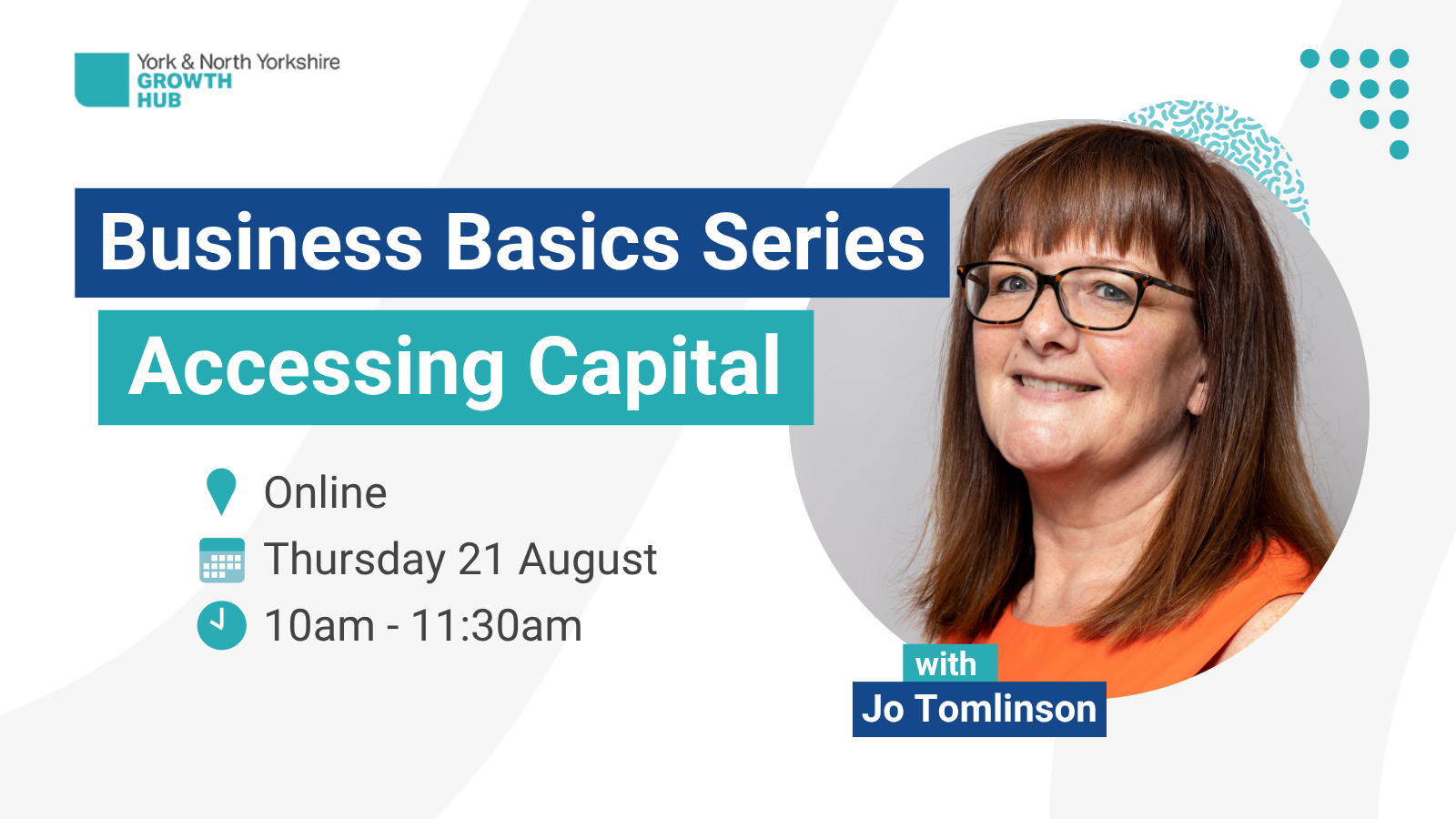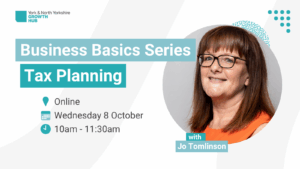Business Basics – Project Evaluation
Projects can be anything from taking on a new person, or launching a new product, to building a manufacturing site, or acquiring a business to merge with the current one. How you evaluate each project can vary depending on size and complexity. But undertaking the exercise leads to better decision making and control.
Before making a decision to do something different or take on a liability, you should be analysing the impact on the business. Cash flow, resources required, opportunities and risks. Only once you have collated all the data, can you make a decision with your eyes wide open.
What is a project?
The term “project” is used for many things in many different circumstances. But for the purposes of this document, we are going to define a project as
A goal-oriented initiative, something that you would not see as being a day to day operational decision in your business.
Examples of projects would include:
- Developing a website
- Implementing new software
- Organisational restructuring
- Cost reduction initiatives
- A product launch or rebrand
- A social media campaign
- An office move
- Outsourcing
- Recruitment
- Etc
Some projects can have other smaller projects under the main heading. For example starting a new business.
What would a project look like?
- It would have specific outputs or outcomes – the goal
- It would have a start and end date
- It would involve a number of resources
Framework
Project management is often done using a specific framework, particularly in large companies and the public sector, but we can use elements of these frameworks even in smaller businesses.
Prince 2 (Projects in Controlled Environments)
A framework to:
- Organise
- Manage
- Control
- Complete projects efficiently
It breaks the project down into manageable stages with defined processes and responsibilities. This can be used in businesses of all sizes.
The benefit of using a framework like this, is that it encourages the business owner or project manager (often the same person in a smaller business)
- To justify the project with a clear, valid business case/justification
- To learn from experience (either yours or someone else’s)
- To clearly define all roles and responsibilities, so that nothing is missed
- To manage the project by stages, smaller chunks of work that are more manageable
- To focus on delivering the defined outputs, originally laid out
Agile
A set of principles and values rather than a single methodology. It focuses on delivering value quickly, essential for small businesses.
The fundamental aim of an Agile project plan is to do work in short cycles, known as sprints or iterations and to reflect, after each iteration, checking with stakeholders and adapting the plans as you go along.
Using this methodology, you should get quicker early wins, that can add value to the business as you go along. However, the many reviews after each iteration can lead to scope creep and its lack of structure will not suit everyone, or every project.
There are many frameworks you can follow, but the most important thing is that you follow something, as without a project plan, you are unlikely to get the best value out of your resources.
Project Objectives and Scope
The first thing we need to do is define the goals, deliverables and success criteria associated with the project.
What do we want to achieve?
Ideally, we should define these goals in a quantifiable format. So, £50k additional turnover, rather than “happiness”.
This quantifiable goal might be a number of different metrics, and it is important to have not only the amount, but how it was derived. So, if it was £50k additional sales, we should have volumes and prices and this should be for each product or service, if the intention is to sell multiple different items.
This goal should align with the business strategy.
Timeline
The project should have a start and end date
Potentially it will also have milestone dates along the way
Often these are displayed as Gantt charts, but this isn’t always necessary.
Budget
What is the budget for the project. This is often in terms of:
- Overall spend
- Impact on cash flow
- Breakdown of the spend
- Other resource requirements (people who are overheads, or meeting rooms and other space requirements, or other resources tied up)
Resources – people
A list of all the people required to ensure this project is successful. Again, this may just be the business owner, or other members of the team may need to be involved. So we need to ensure they are available.
Performance and Output Metrics
What are the metrics for the deliverables on this project?
Are you using a number of KPI’s, if so, what are you using and why?
Lots of people like to use payback when evaluating projects. Cash is king after all, so how quickly will the profitability associated with this project deliver enough free cash to pay back the costs associated with it?
Identify Risks
All projects come with risks, so what are the risks associated with your project?
Sometimes evaluating risk is enough to stop a project going ahead, but this is not a reason to ignore them. Risks are a part of life, and only in evaluating them and putting in plans to mitigate them, can we be sure that we are making our decision with our eyes wide open.
Data
As with most things, it is imperative to collect and utilise the correct data. The data you will need, will be heavily dependent on the type and size of the project you are embarking on.
Once you have compiled your project evaluation, then you will be able to identify which data you need to collect in order to measure its success.
Post project evaluation
The most successful project managers are those who produce a thorough scoping project evaluation document, and then evaluate the successes and failures (learning points) after the project is completed. This allows learning from history to positively impact all future decisions.
The post project evaluation document should be wholly about learning.
This document will go through each of the assumptions in the original project plan and compare the actual outcomes to those planned.
A successful project will come in on time and within budget, but must also meet the objectives of the project.
Autumn Budget 2025 – How will it impact your business?
The language used by Chancellors during the delivery of such a Budget can often be headline grabbing, assuming you can hear them over the general noise in the House of Commons. But what filters out over the following days and weeks can regularly feel somewhat different to the words you heard during the budget speech.
Risk and Resilience in Your Business
Running a business can be risky. There are so many things that can impact your performance, and profit. Potentially destroying all that you worked so hard to build. Some of these things are impossible to plan for, but lots of potential risks can be mitigated by identification and planning.
Business Basics – Cash Flow v Profit
Many small business owners can get confused when looking at numbers relating to their business, and often this is due to cash and profit being understood as one and the same thing. It is crucial to understand the difference between these two metrics so that decision making is not flawed.
Business Basics – Project Evaluation
Projects can be anything from taking on a new person, or launching a new product, to building a manufacturing site, or acquiring a business to merge with the current one. How you evaluate each project can vary depending on size and complexity. But undertaking the exercise leads to better decision making and control.
Building Resilience and Sustainability into your Farming Business
Resilience and sustainability lie at the heart of modern farm business strategies, ensuring that agricultural enterprises can withstand economic shocks, adapt to evolving environmental regulations, and maintain profitability amid climate volatility. By embedding sustainable practices, ranging from energy efficiency to regenerative soil management, farmers not only safeguard their livelihoods but also contribute to broader goals of food security and environmental stewardship.
Business Basics – Shared Ownership
Directors and shareholders of UK companies have many rights and responsibilities, but how do these change when you are one of a number of shareholders in a company?
Business Basics – Selling a Business or Shares in a Business
Being aware of your business's value enables you to determine a fair selling price for some or all of your shares and negotiate efficiently with prospective buyers. But where do you find a buyer for your shares, and what happens now?
Business Basics – How much is your Business Worth
Being aware of your business's value enables you to determine a fair selling price for some or all of your shares, negotiate efficiently with prospective buyers, and secure beneficial financing deals, among other advantages.
Business Basics - Forecasting
Although we don’t have a crystal ball, so forecasts are fundamentally informed guesses, businesses need to use them to make informed business decisions and develop business strategies.
Business Basics – Accessing Capital for Growth
Gaining access to outside investment means you don’t have to give up on your dream. So how do you prove to any potential investor that your business model is worth
Farm Diversification: Where to start
According to DEFRA, 71% of farm businesses in 2023/24 have some form of diversified activity, up from 61% in 2014/15. Income from these activities produced £1.393 billion in 23/24, up from £1.321 in the previous year. This demonstrates how important these income streams have become.
Business Basics – Making Tax Digital
Making Tax Digital (MTD) for Income Tax and Rental Income is the biggest change to Self-Assessment since it was launched by HMRC over 30 years ago.
Young Entrepreneur Guide
Do you have a business idea? Or do you want to work for yourself? Then the Young Entrepreneur Guide is here to help you!


